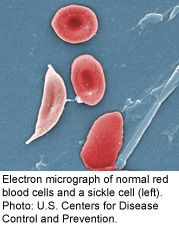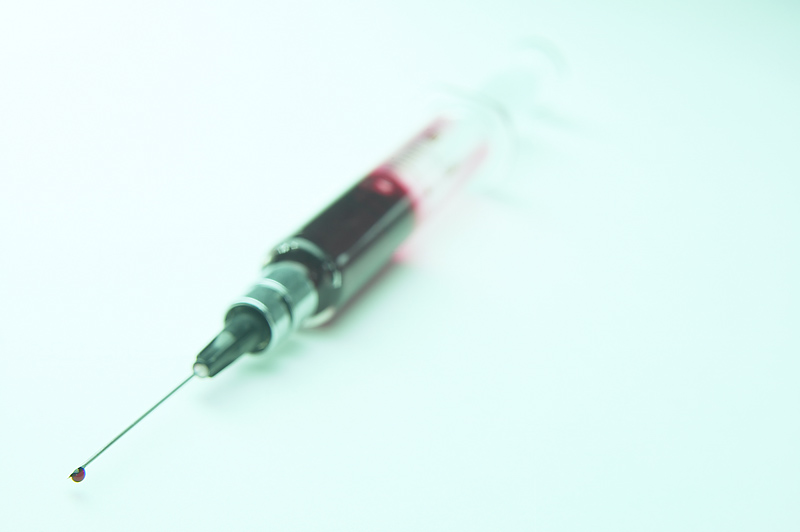
FRIDAY, March 2 (HealthDay News) — Researchers report they have developed a blood test that can predict which sickle cell patients are most likely to experience the most severe symptoms of the disease.
When the blood illness is at its worst, patients can suffer intense pain, internal organ damage and shortened lives.
While about 13 million people worldwide are thought to have the disease, which is caused by a genetic mutation, it’s not well understood.
“We still don’t have effective enough therapies, and we don’t have a good feel for how the disease manifests itself differently in different people,” Sangeeta Bhatia, a professor of health sciences and technology and electrical engineering and computer science at Massachusetts Institute of Technology in Boston, said in a news release from the institute. “When a patient has high cholesterol, you can monitor their risk for heart disease and response to therapy with a blood test. With sickle cell disease, despite patients having the same underlying genetic change, some suffer tremendously while others don’t, and we still don’t have a test that can guide physicians in making therapeutic decisions.”
Bhatia and colleagues developed a test that measures the flow of samples of blood to determine the possible prognosis of sickle cell patients. The idea is to measure how badly blood flow has been disrupted by sickle-shaped blood cells. Normal blood cells are round in shape.
The findings are especially important because they can provide insight into how patients are responding to treatments such as blood transfusions or no treatment at all, said Dr. Patricia Oneal, co-director of the Center of Sickle Cell Disease at Howard University in Washington, D.C. Currently existing tests provide a “constrained view,” Oneal said.
The research “will be crucial for future drug development in sickle cell disease,” Oneal said, and gives patients information about whether they may need to take action to prevent vessel-clogging problems.
The researchers have applied for a patent for technology used in the test.
The study appears in the March 1 issue of the journal Science Translational Medicine.
More information
For more about sickle cell disease, try the U.S. National Library of Medicine.

